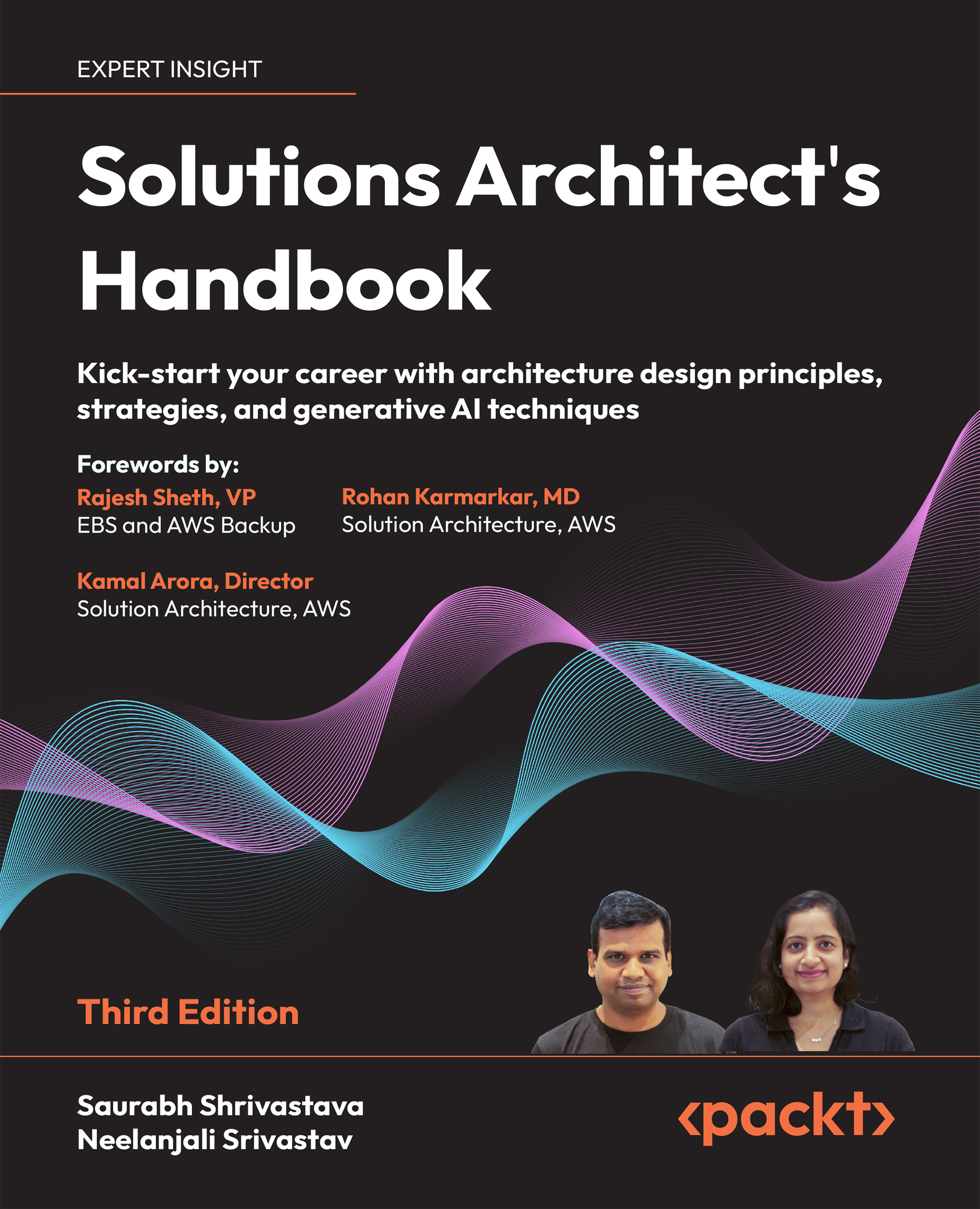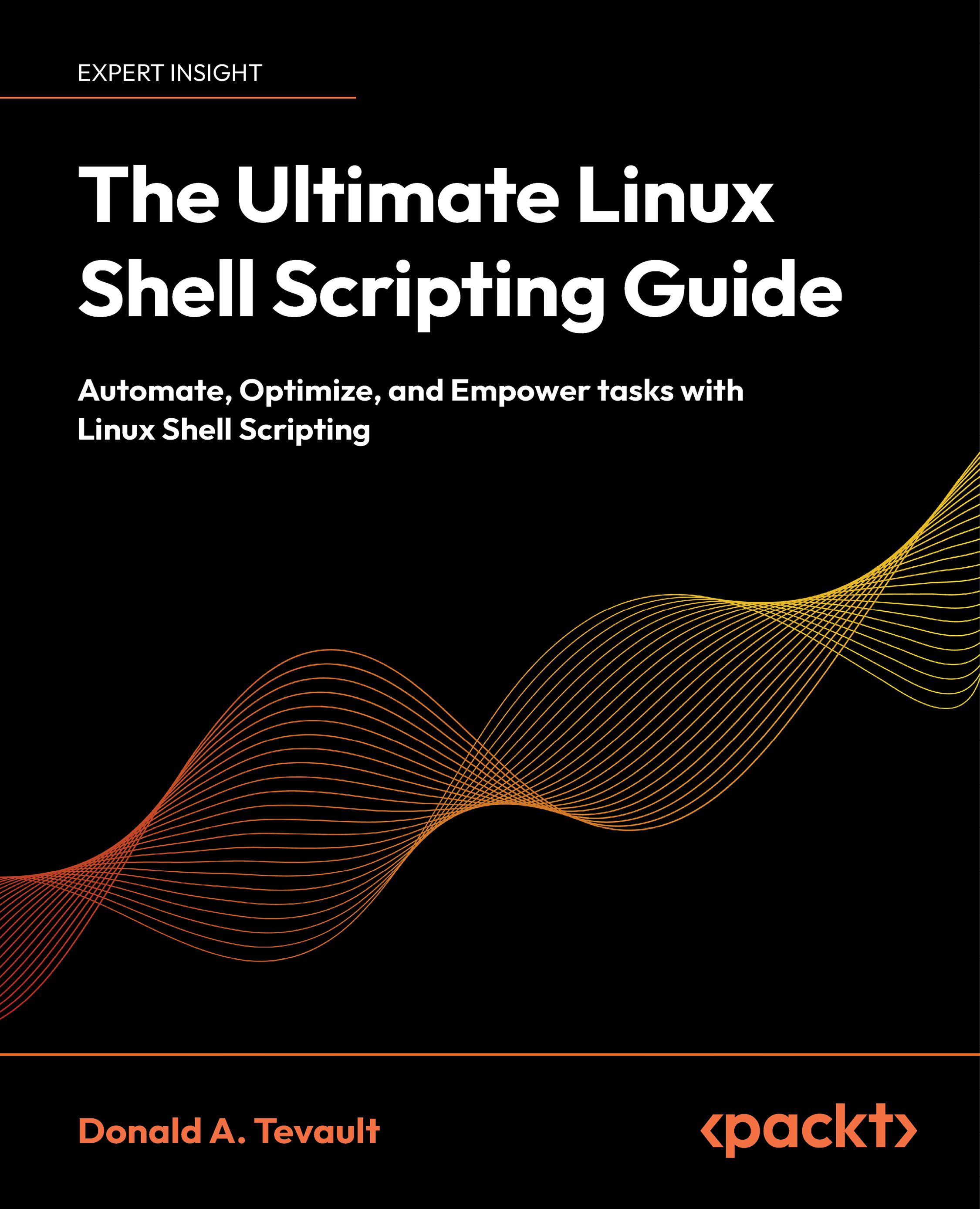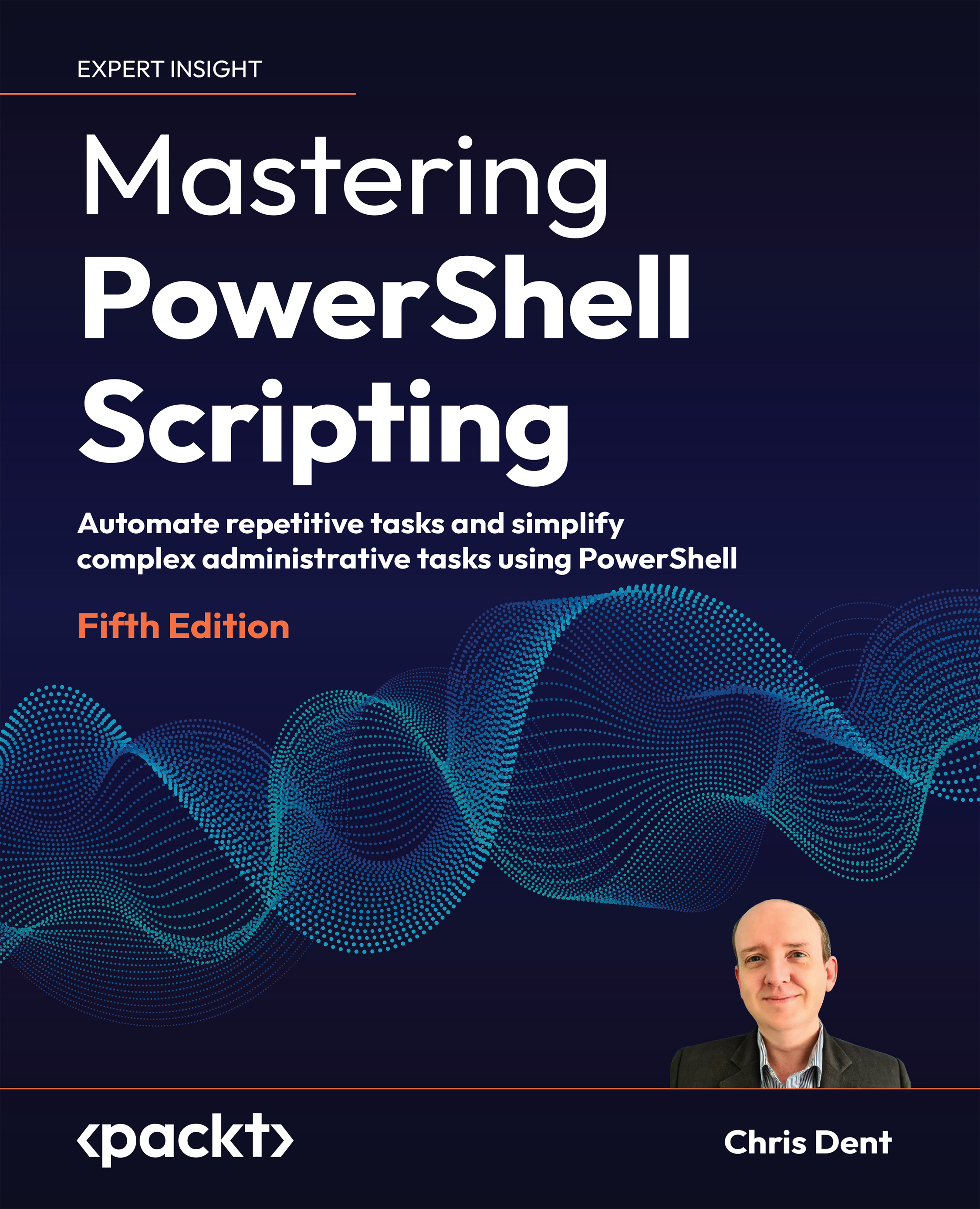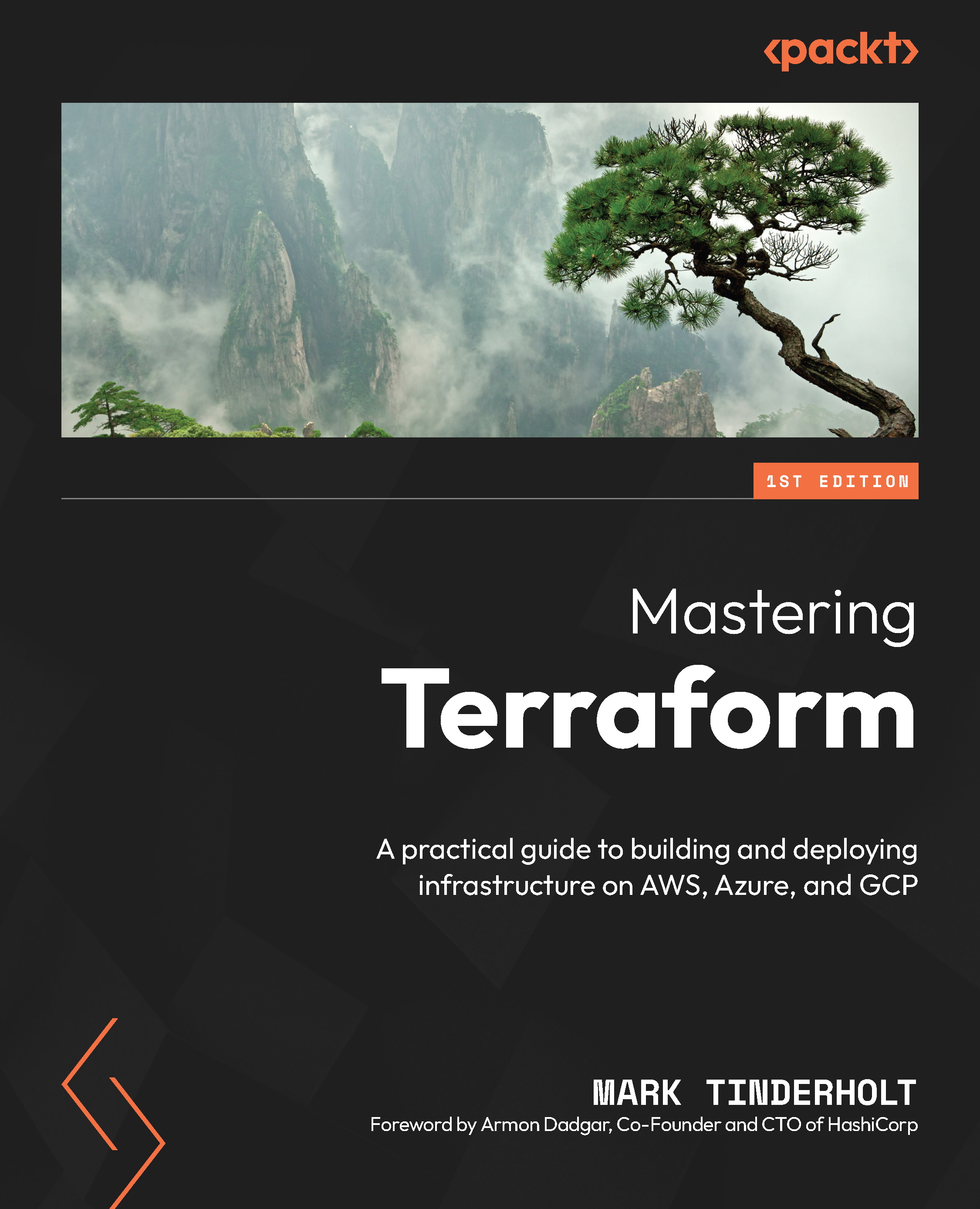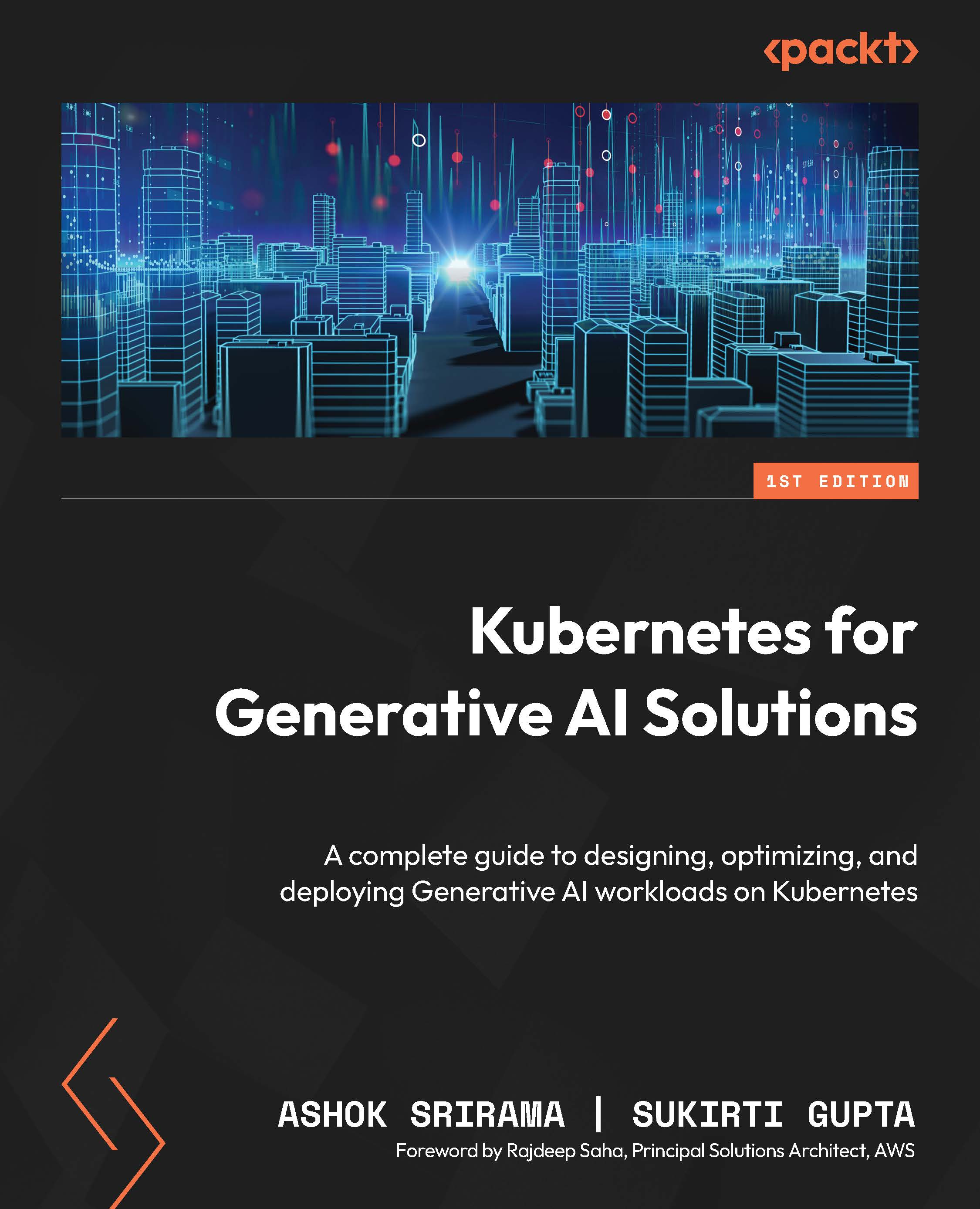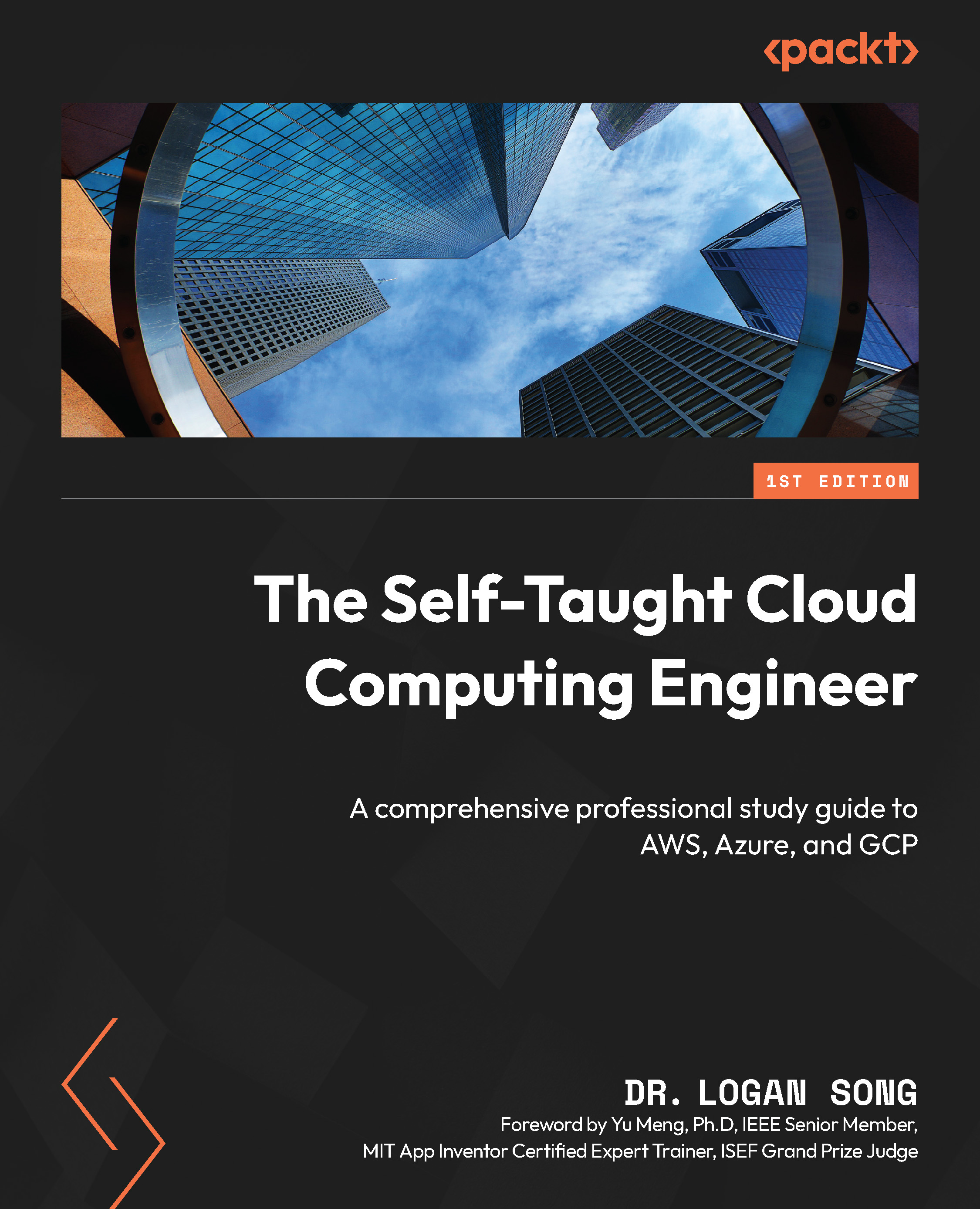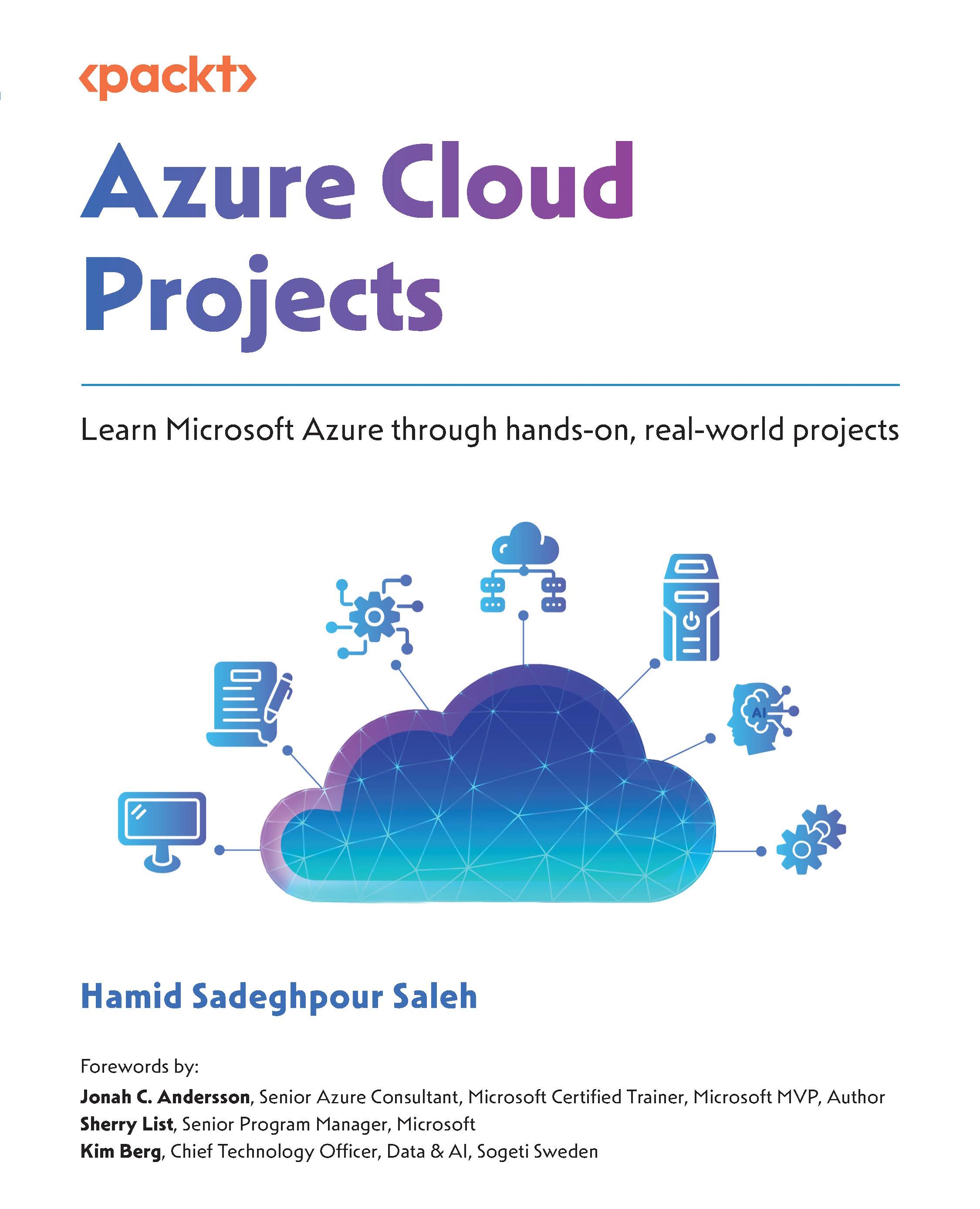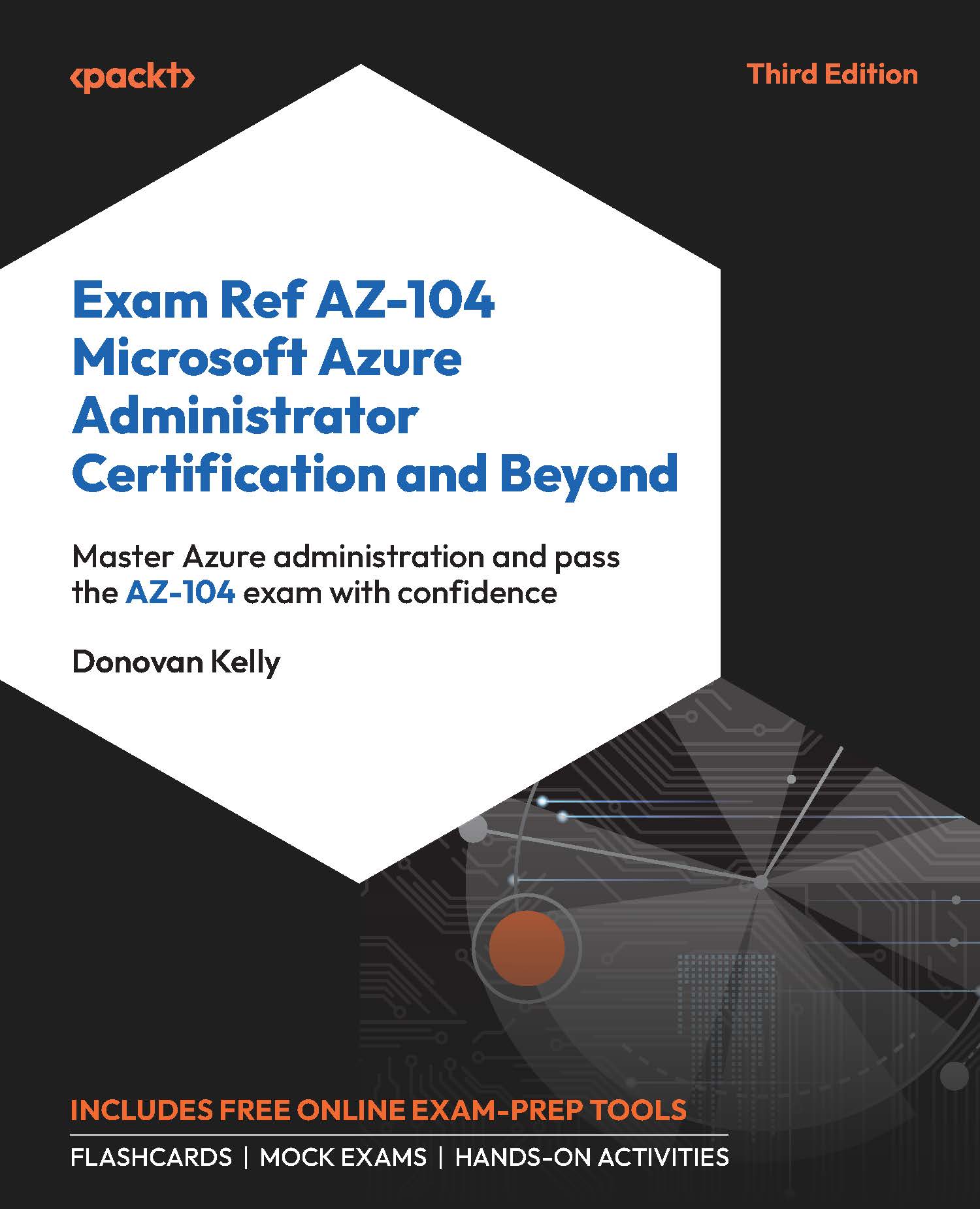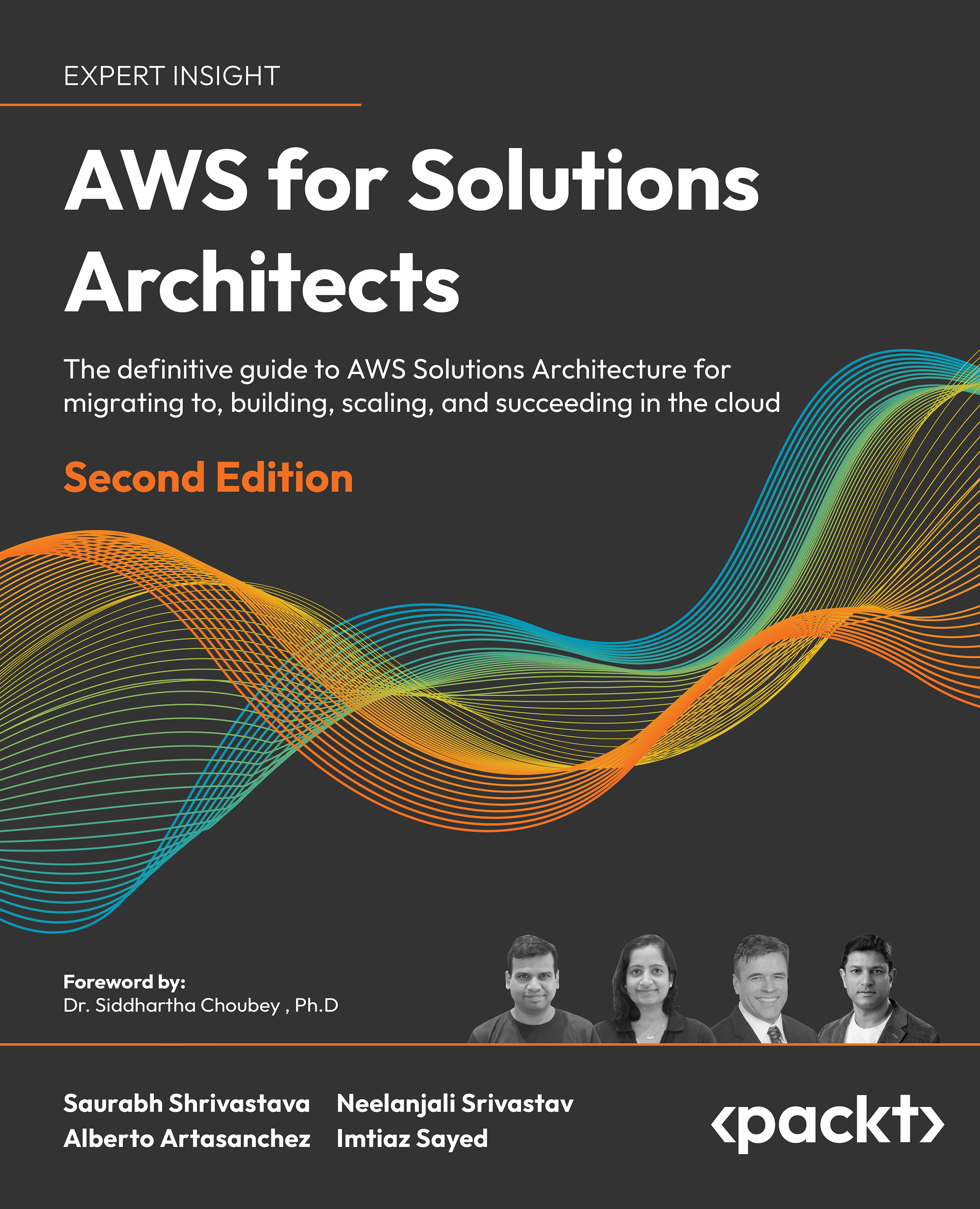The different cloud service models are described here in the following sections.
Across the industry, hardware has been largely ignored for a very long time. Servers were not sexy. There was no glory for servers. Servers were just a support for the more important applications. Applications got all the credit for solving business challenges. Applications were the things that users interacted with directly. Servers got stuck in dark closets, forgotten and neglected until a problem occurred.
Because servers received no glory, very little to no maintenance and no budget for patching, upgrading, and so on, many servers are now well beyond their service life and prone to failure. Incredible amounts of money will be spent over the next several years rewriting applications, developing new applications, migrating legacy applications, and updating to new cloud-ready functions needed to replace old applications and neglected hardware currently stuck in old closets and worn out in-house data centers.
IaaS gave many the opportunity to upgrade, refresh infrastructure, and move from excessive capital spending to a monthly pay-as-you-go incremental spend. The shift enables strategy changes, go-to-market changes, differences in software development, and changes in handling IT workloads. Think of what hundreds of servers can do in one hour versus one server for hundreds of hours.
IaaS – things to consider
IaaS is often deployed on-demand in small increments (cores, RAM, storage, network) with billing occurring in small increments of time. Instead of spending the capital (CAPEX) for a large four or eight-core server (which is the smallest currently available from some manufacturers), a right-sized virtual server can be acquired and deployed as a service, matching infrastructure size to cost and immediate need. This flexibility allows for infrastructure to be quickly matched to business strategies and economic constraints.
IaaS can include many of the infrastructure components included in traditional deployments. Firewalls can be virtual or physical. Compute and storage can be deployed across many different styles and platforms. Each service provider has their unique mix of technology and services. Ultimately the goal when using IaaS is to forget about infrastructure management and details and acquire the mix of services needed, when needed, solving the requirements at that time.
IaaS was one of the first cloud models available and has seen significant adoption in nearly all sectors. With IaaS, the user does not manage or control the infrastructure directly, only the software and functions loaded onto it (that is operating system, application). There are different types to choose from with varying levels of management and monitoring available for the underlying hardware, virtualization layers, firewalls, SANs, switches, routers, network interface cards (NIC), and related service level agreements (SLAs). The controlled risk and lower economic entry points for IaaS are attractive to new cloud adopters as well as savvy veterans. Controllable cost and controllable risk provide extra incentive to those trying to modernize through the adoption of the cloud.
The delivery of on-demand capacity is typically handled via self-service online customer portals. The portal provides complete visibility and control of the IaaS environment. Self-service portals enable and automate functions for adds, moves, changes, managing, and reporting without engaging and waiting for other resources internally or within the provider. IaaS can have many different consumption models matching various OPEX and CAPEX requirements. When using IaaS, there is no need to invest capital up front based on compute and storage resources forecasts. IaaS enables infrastructure to be purchased in increments, as needed, to match utilization.
For organizations, IaaS usage metering provides a higher level of detail used to trend utilization and chargeback specific departments or functions based on actual utilization. Detailed measurements and reporting also allow for instant, and in some cases, automatic, scaling up, and down based on dynamic need requirements. Resource flexibility is particularly useful when there are significant spikes, dips, or cyclical loads for infrastructure.
A few examples of current IaaS providers are Amazon Web Services, Microsoft Azure, and Google. They offer many different styles of compute, storage, and network, as well as many supporting solution services. They each offer several different economic models to match up to SLAs, OPEX and CAPEX requirements, risk and deployment options.
As many small and medium-sized organizations looked for additional ways to control cost, modernize strategy, and consume on-demand solutions, software licensing became a very complicated issue. An example of this is Oracle, a company that was a bit late to the cloud licensing game. New server configurations were much more substantial with more sockets, more cores, and more RAM. Even with no change in utilization or software configuration, Oracle client charges increased to over a million dollars due to new server sizing. This affected strategy, economics, and eventually technical decisions on how to move forward in the face of shattered budgets and ROI calculations.
Many organizations lack the skills or resources to create custom software applications. Freeware and opensource software helped some organizations, but they still required skills sets and significant adjustment for adoption. Software providers are starting looking for ways to offer online cloud-based solutions at lower cost and universal access. These new models would center around new licensing models tied to multiple users, a certain level of access, and SLAs rather than the size of the software infrastructure deployment.
With SaaS, the subscriber uses the provider's centralized application deployed using cloud infrastructure. SaaS enables access from any approved client device, browser, or custom interface. The user/subscriber does not have access to the underlying infrastructure, application code, or individual application attributes except for a set of named user-specific application configuration settings.
In the SaaS space, some applications have stabilized/normalized meaning they are widely adopted and have significant competition and innovation driving licensing costs downward, for example, office suites, collaboration software, and communications software. Software-as-a-Service providers offer a complete software application to customers using a license-based model that accesses the application on-demand via a self-service interface.
SaaS – things to consider
Using SaaS, organizations have potentially limitless possibilities for running applications that may not have been otherwise possible given the limitations of their corporate systems, infrastructure, or resources. If the right middleware and associated components are deployed, SaaS can present massive incentives and benefits. Organizations can quickly realize benefits from scalability, flexibility, and on-demand self-service capabilities. Customer adoption accelerates as access to data and applications can be from virtually anywhere, at any time with internet access. Additional benefits include:
- Cost control, cost reduction
- Licensing or support becomes a built-in component for the provider and the subscriber benefits from economies of scale
- The purchasing of up-front bulk licensing and the associated capital expenditure is removed and replaced by demand-based pay-as-you-go licensing models
- User-based internal support requirements reduce significantly as the software cloud service provider can typically handle more of the support at scale
- Ease of use and limited administration
- Automatic updates and patch management
- Improved security
- Standardization and compatibility
- Global accessibility
Notable providers of SaaS include Google, Microsoft, Oracle, Salesforce, and SAP.
PaaS takes both IaaS and SaaS and adds yet another twist on trying to solve the problem. As described earlier, people are trying to control costs, eliminate large major cash outlays, accelerate, modernize strategies, and move to only paying for what is needed, when it is needed. IaaS helped but still required a lot of people, skills, and money to support the applications. Based on our direct research, software required between 8x and 32x the annual cost of the server annually in management, maintenance, monitoring, and support. A $6,000 server written down over a 3-year use cycle would cost between $16,000 and $64,000 each year for software support. The cost was dependent on the specific software and organizational efficiency. These operational changes meant that new infrastructure and software models were required to keep businesses innovating and moving forward.
The next challenge was that the as-a-service model was not available with every software package. Some software was just not adaptable to modern cloud models. A complicating issue was that, for most companies, only about 15%-20% of software was off-the-shelf. Most of it was custom developed, homegrown, and built for specific functions and purposes within each business. Nearly every company still had to develop proprietary applications, middleware, services, connectors, workflows, and more. Each of those projects required different programming languages with different frameworks and libraries. How can things accelerate? How can costs be controlled?
Interestingly, people realized that the combinations of languages, libraries, and frameworks used were often the same or very similar. Consumers needed the ability to quickly build and deploy applications coded with provider-supported programming languages, services, libraries, and tools. The end user did not want to manage or control the underlying cloud infrastructure, but they did need to control the deployed application's configuration settings. CSPs responded by integrating all of the needed components and subsystems into a solution stack that could now be offered as a service or rented as-needed. This new PaaS enabled faster development at a lower cost. The environment was now ready to use, managed, and monitored, enabling developers to be productive immediately using the latest components available. This has led to many other variations where raw materials are integrated into environments that enable the building and assembling of new creations quickly and cost-effectively.
PaaS – things to consider
Cloud PaaS has revolutionized software development and the means through which it is delivered to customers and users. Market entry barriers have been reduced dramatically by lower cost, accelerating time to market, and promoting innovative cultures within many organizations.
As PaaS providers are considered, the languages and frameworks supported are key. A provider that supports multiple relevant languages and frameworks can help avoid productivity pitfalls later. Developers need to write code in their preferred language that meets specified design requirements. Recent advances include options for open source development stacks and many new infrastructure deployment styles including OpenStack infrastructure, various containerization engines, and serverless (FaaS) options. PaaS providers that support multiple languages and deployment options reduce vendor lock-in and interoperability issues as applications grow and deployment locations change.
Applications are never static. They are continually changing, updating, and growing. Being able to deploy and move the application across different hosting environments is also a key PaaS benefit. Supporting multiple hosting environments helps the developer or administrator easily migrate the application if required. With this option, PaaS can also be used for contingency operations and business continuity to ensure continued availability. It is important to consider the final environment as platforms used by early users to test for functionality. These environments transition to a run environment at some point. The final environment may not be the same as originally intended as many things change throughout the process and testing. Multiple deployment options are an important consideration when picking a platform provider.
Many platform providers started with the idea of adding value by assembling platforms. Make the platform proprietary with their unique workflows, combinations, components and create a sort of lock-in mentality. Providers wanted clients to use only their specific platform and direction. The goal was to make things very sticky with limited ability to transition between provider platforms. Recent changes have added much-needed flexibility matching developer needs and requirements. To stay relevant, platform providers needed to respond or lose the developers and their communities to more flexible environments and open source options.
The application programming interfaces (APIs) are required for nearly every form of software in our space today with RESTful being elevated to the de-facto standard in most cases. A service provider always offers specified APIs or integration. Developers could run their application in various environments based on common and standard API structures. This ensured consistency and quality for customers and users. PaaS pushed forward infrastructure concepts like auto-scaling where software could now take the responsibility of scale up and scale down and manipulating the infrastructure through APIs, as needed. This would help accommodate cyclical, less predictable demand patterns, seasonal business, and event-driven activities. Mother's Day would bring down Hallmark's online card servers every year until they were able to implement auto-scaling. Before auto-scaling, Hallmark would have to build and engineer infrastructure for a guesstimated utilization level. With auto-scaling, the platform allocates resources and assigns them these applications, as required. This capability is a key driver for any seasonal organizations that experience spikes and drops in usage.
When thinking through platform providers, look for flexibility and future migration options. Look for the right combinations of services and support with expertise in areas relevant to project needs and direction. Look for providers that not only provide the platform but also offer the other versions of the cloud as well. Where your project starts is not where it stays. Plan to move and change. It may not change often, but change happens. Plan for it up front.
Notable PaaS providers include Microsoft, Lightning, and Google.
Other cloud service models
You have probably heard of many other X-as-a-Service offerings such as Storage-as-a-Service, Desktop-as-a-Service, Network-as-a-Service, Backend-as-a-Service, Function-as-a-Service. These other models are merely subsets or aggregations of SaaS, IaaS, or PaaS. Categorizing them into the three standard models simplifies any cloud conversation you may have.
We have discussed the three standard cloud service models. The service model defines the what. What is unique about each model? What are they trying to solve? What are their strengths and weaknesses? Each of the discussed service models adheres to the five characteristics mentioned, possibly adhering in different ways. Within each of the service models, there may also be multiple ways to enable and deploy the service. The service model is the what, the deployment model is the how.
Many cloud services are straightforward to comprehend. For example, network as mentioned earlier. Most do not realize that the network was one of the very first types of IaaS, therefore, one of the original types of cloud. True, there are many types of services, and with that, an even greater number of ways to refer to them. In this section, we introduce the deployment models and some of the jargon. The discussion also addresses how the different deployment types are referenced, marketing names, labels, and currently used buzz words.
This section also demystifies some of the marketing hype which makes it easier to quiet the noise when participating in the often jargon-filled conversations. How is this bare metal different to a dedicated cloud? What is a public cloud? What is a private cloud and how is private different to dedicated? Is it different? Is private on-premises still considered as the cloud? Is a private cloud from a service provider also the cloud? If it is called a cloud, it must be a cloud?
Public is the typical IaaS-compute deployment model most people think of when referring to the cloud. A public cloud service provider offers IT resources as-a-service and, as part of the service, is responsible for building, monitoring, and maintaining physical data centers and IT resources that are for dynamic public consumption. This IT service environment is shared among many customers which normally reduces costs for each customer. By leveraging economies of scale, the CSP enables higher average utilization of resources through the extensive use of virtualization, workload binding, offsetting clients workload patterns, and performance tiers.
The general public uses a public cloud infrastructure. The infrastructure may be owned, managed, and operated by a business, academic, or government organization, or some combination. The infrastructure is always on service provider premises as they have taken ownership of operations and maintenance. Amazon is a good example. The business started off by selling books. It then started to sell excess server and storage capacity to the general public. The infrastructure remained on-premise at Amazon locations.
A public cloud can fall into two sub-types within IaaS, self managed or fully managed. Both of these sub-types are discussed in greater detail later in this chapter. A public cloud is highly scalable, immediately deployed, portal driven, and can be parked or turned off when not in use.
Public cloud benefits include:
- Ease of use and inexpensive setup, low cost of entry to the cloud
- Streamlined and easy-to-provision resources via a self-serve portal
- Scaled to meet customer needs
- No wasted resources because customers pay only for what they consume
- Basic security services included
Public cloud considerations are:
- How are noisy neighbors handled?
- Does security line up with my requirements?
- Is there any network access or storage limitations?
- Cost of access or data transfer in/out?
- Portability? Grow into other instance types and service types?
- What other services connect to it?
- What is the price/performance metric?
Providers often mentioned in this space include Amazon, Microsoft, and Google, among others.
There are a lot of marketing, jargon and buzz words that come along with the cloud. Companies are fighting hard to create separation from the pack. Sounding unique and different was one way to try and differentiate. What is the difference between a dedicated and a private cloud? What is a virtual private cloud? Is a virtual private cloud different to a private cloud? Do these different versions adhere to the five characteristics of the cloud? Many factors drive interest in single-tenant infrastructure. Dedicated and private both, by definition, are single-tenant environments with the infrastructure only accessible by a single company or client. The difference ultimately comes down to economic model and access.
A private cloud is typically an on-client premise solution with the infrastructure leased or purchased by the company/entity using it. These environments can also be deployed within a service provider data center utilizing collocation services. This would still be considered an on-premises solution as the collocation space is just another leased location for the infrastructure owner. A private cloud is typically managed by the organization it serves; however, outsourcing the general management of this to trusted third parties may also be an option. A private cloud is typically available only to the entity or organization, its employees, contractors, and selected third parties. The private cloud is also sometimes referred to as the internal or organizational cloud.
The factors driving the use of infrastructure may include legal limitations, trust, and security regulations. Private cloud benefits include more control over data, the underlying systems, and applications, ownership, retention of governance controls; and assurance over data location. Private clouds are typically more popular among large, complex organizations that have legacy systems and heavily customized environments. Additionally, where significant technology investment has been made, it may be more financially viable to utilize and incorporate these investments within a private cloud environment than to discard or retire such devices.
Is a private cloud really a cloud? It has cloud in the name. Having cloud in the name was not one of the five characteristics of the cloud. It is interesting to debate, you decide. Compare a private cloud to the five characteristics and come up with an answer.
A dedicated cloud is very similar to a private cloud. It is also a single-tenant solution. Ownership and access differ. In a dedicated cloud, ownership of the infrastructure shifts to the service provider. The infrastructure is housed within the provider's data center. A dedicated environment is for use by the single tenant. Network, compute, and storage are dedicated to the single tenant.
The economic model for dedicated solutions is usually a combination of non-recurring cost (NRC) which is a one time fee up front, and monthly recurring cost (MRC), which is a monthly payment paid over a term (number of months or years). Dedicated solutions enable a shift from all capital upfront models (CAPEX) to smaller payments over a longer period (OpEx). Management and operations can continue to be in-house, outsourced, or a combination of both.
Is a dedicated cloud really a cloud service? It also has cloud in the name. This is also an interesting one to debate, you decide. Compare a private cloud to the five characteristics and come up with an answer for your conversations. When sorting out the answer, look at the economics. The cloud is an economic innovation. Ultimately, can you turn it off and give it back? Does billing stop? Do you stop paying for it when you shutdown?
As with many things in our industry, the lines often get blurred (marketing may have something to do with it). Dedicated is an isolated environment deployed within the provider's data center. A virtual private cloud (VPC) is a variation of a dedicated cloud. A virtual private cloud combines concepts from a public and a dedicated cloud. VPC takes the concept of shared infrastructure and the economies of scale for servers and storage then combines it with an isolated network.
The very high cost of a dedicated cloud and the network challenges of noisy neighbors in a public cloud led service providers to the virtual private approach. VPC is the blending of strengths while trying to control some of the weaknesses. The name drives the blurred line in this service. A private cloud is typically deployed on client-owned infrastructure as an on-client-premise solution. A VPC is deployed on the service provider-owned infrastructure. This service would be more appropriately named a virtual dedicated cloud. Some providers have changed the name to eliminate some of the confusion within their product and solution sets.
In a community cloud, an IT infrastructure is provisioned for use by a specified community of end users. The community participants are from organizations that have shared concerns and governance requirements. Typically, these requirements link to mission, security, policy, or regulatory compliance. It can be owned, managed, or operated by a community member, a third party, or a combination. Community clouds may exist on or off premises.
A community cloud provides most of the same benefits as a public cloud deployment while providing heightened levels of privacy, security, and regulatory compliance.
A hybrid cloud is any solution that combines a cloud model with any other cloud or non-cloud deployment model. Most organizations tend to gravitate to the hybrid models as no single model or deployment type matches up to the multiple applications and services needed to support a business. Many applications cannot migrate readily to new services. Application dependencies may introduce additional risk for migrated applications. There is rarely a situation where everything is forklift moved all at one time from current state to future state. Hybrid is the typical path to the cloud for currently deployed applications and infrastructure.
In a hybrid IT environment, private clouds, public clouds, community clouds, traditional data centers, and services from service providers can be integrated and interconnected. Applications and services can then be deployed to and consumed from the most appropriate combination of services and environments.
Key benefits of the hybrid model are retention of ownership and oversight for critical tasks, reuse of earlier technology investments, tighter control over critical business components and systems and more cost-effective options for non-critical business functions. Cloud bursting and disaster recovery options can also be enhanced by using hybrid cloud deployments.
The basic understanding of the cloud deployment models are shown here:
The cloud, and technology in general, has a notion of fashion to it. Some things are in vogue while others fade from favor quickly. As cloud conversations happen, it is vital to see ahead of the curve and keep in mind overall direction. For decades, a consistent direction has been to place more power in the hands of the end user/consumer. Our cell phones today have more compute power and run more applications than many desktop computers sold a few years ago. Think forward a bit to IoT. Significant compute power and data are at our fingertips. Connected cars are currently built with nearly 40 processors, almost 100 sensors sending out 25 GB of data per hour. Connected cars are described as rolling data centers.
As technology continues to innovate and progress at incredible speeds, it is essential to raise your awareness of immerging trends. It is also important to quickly distinguish tech fashion from tech innovation. Real innovation always has an economic driver that is sustainable. Starbucks coffee did not invent coffee. Starbucks was when the first-time coffee and culture became inseparable. The iPhone was not the first mobile device; however, it was the first time a mobile device connected many of the most important facets of our home, work, and play lives. The cloud was not the first deployment of virtualization. The cloud is the first innovation that has directly connected the concepts of technology, strategy, and economics forever changing the way we build, deploy and consume technology and services.
The shortlist here includes some very innovative ideas that build on and extend the core concepts of cloud computing. These are a few things to watch as they climb the two hills of innovation. More on that later in this book:
- Grid computing: Distributed and parallel computing capability where a virtual computer is composed of a cluster of networked and loosely coupled individual computers which act in concert to perform very large tasks.
- Fog computing: A distributed computing model that provides IT services closer to the fog client. Sources are near-end user edge devices. Fog computing can handle data at the network level, on smart devices, and the end-user client side instead of sending data to a remote location for processing.
- Dew computing: Dew computing is positioned at the ground level for the cloud and fog computing. When compared to fog computing, which is designed to support IoT applications that are sensitive to network latency and require real-time and dynamic network reconfigurability, this variant pushes the computing applications, data, and low-level services to the end users and away from centralized virtual nodes.
- Edge computing: Edge computing extends cloud computing by pushing the processing, applications, and data as far away from centralized resources as possible. Moving work to the edge also means that devices may not always be connected to the internet (that is, mobile, laptop, tablet). This means that processing would also need a high level of redundancy with content highly distributed.
- IoT: IoT is connecting the physical world with the logical one. Sensing and processing technology are being placed where needed when needed. Cloud computing is rapidly morphing to help catch, process, and utilize the vast amount of data already being generated by IoT initiatives and projects.
- AI, neural networks, and machine learning: These concepts have been pulled together because they are hard to separate and sometimes they are used interchangeably even though there are distinct differences. AI has been around for decades, it is not new. However, cloud computing has removed many of the barriers that were slowing innovation; 300 computers for one hour can process a staggering amount of data, connect it, correlate it, learn from it and apply it. Cloud computing innovation has truly helped this field leap forward recently.
 United States
United States
 Great Britain
Great Britain
 India
India
 Germany
Germany
 France
France
 Canada
Canada
 Russia
Russia
 Spain
Spain
 Brazil
Brazil
 Australia
Australia
 South Africa
South Africa
 Thailand
Thailand
 Ukraine
Ukraine
 Switzerland
Switzerland
 Slovakia
Slovakia
 Luxembourg
Luxembourg
 Hungary
Hungary
 Romania
Romania
 Denmark
Denmark
 Ireland
Ireland
 Estonia
Estonia
 Belgium
Belgium
 Italy
Italy
 Finland
Finland
 Cyprus
Cyprus
 Lithuania
Lithuania
 Latvia
Latvia
 Malta
Malta
 Netherlands
Netherlands
 Portugal
Portugal
 Slovenia
Slovenia
 Sweden
Sweden
 Argentina
Argentina
 Colombia
Colombia
 Ecuador
Ecuador
 Indonesia
Indonesia
 Mexico
Mexico
 New Zealand
New Zealand
 Norway
Norway
 South Korea
South Korea
 Taiwan
Taiwan
 Turkey
Turkey
 Czechia
Czechia
 Austria
Austria
 Greece
Greece
 Isle of Man
Isle of Man
 Bulgaria
Bulgaria
 Japan
Japan
 Philippines
Philippines
 Poland
Poland
 Singapore
Singapore
 Egypt
Egypt
 Chile
Chile
 Malaysia
Malaysia




